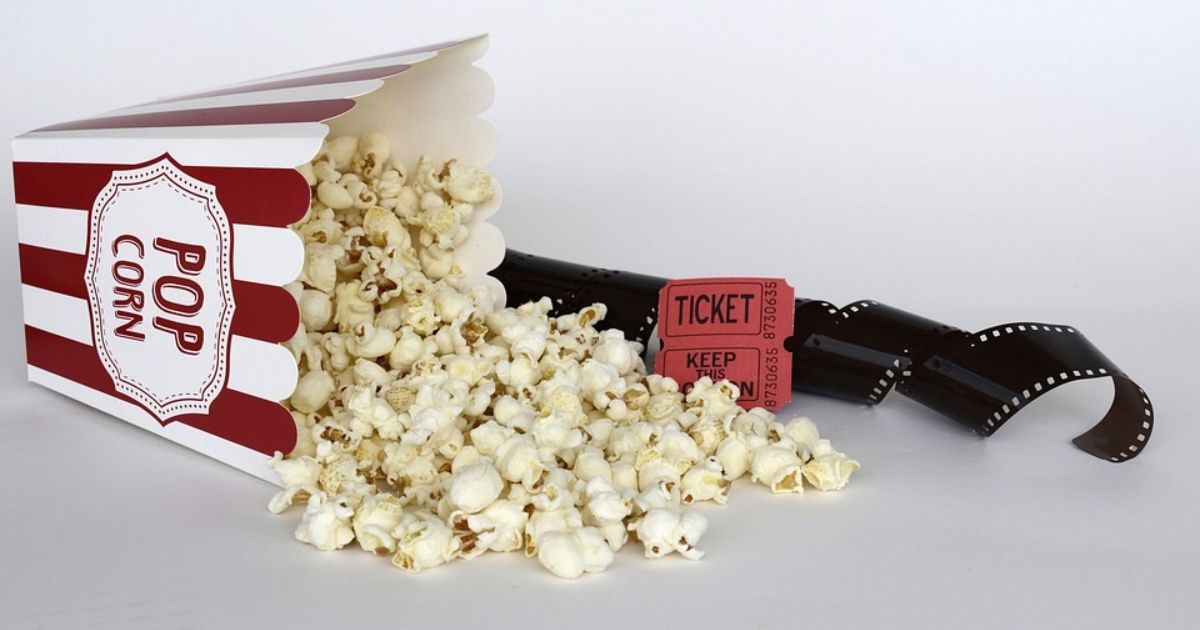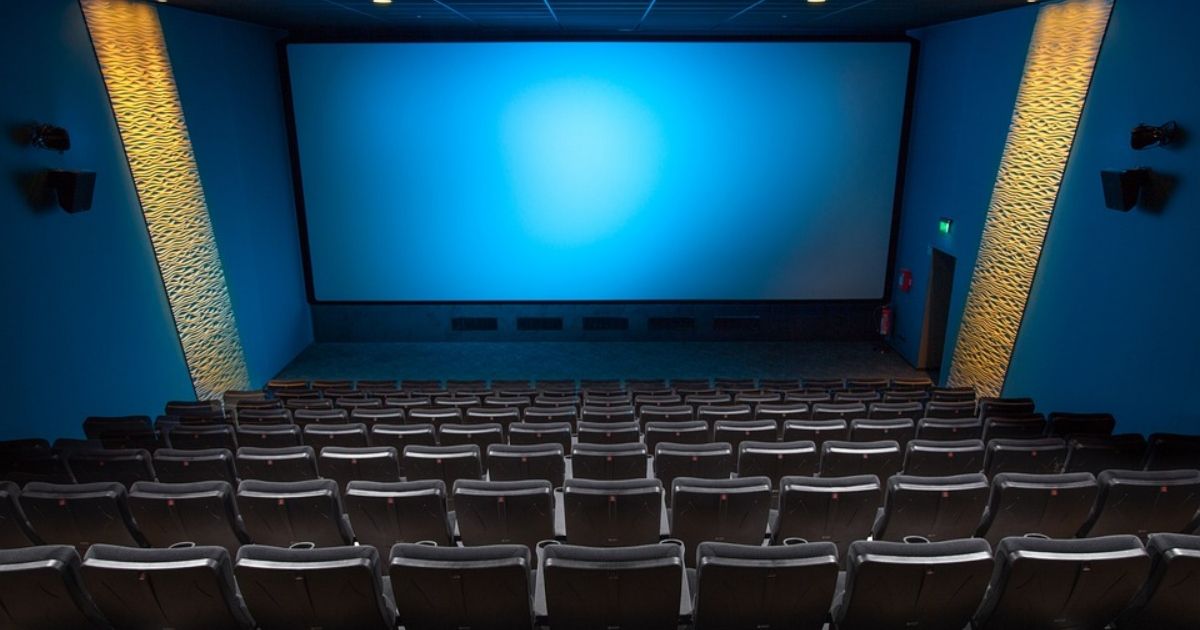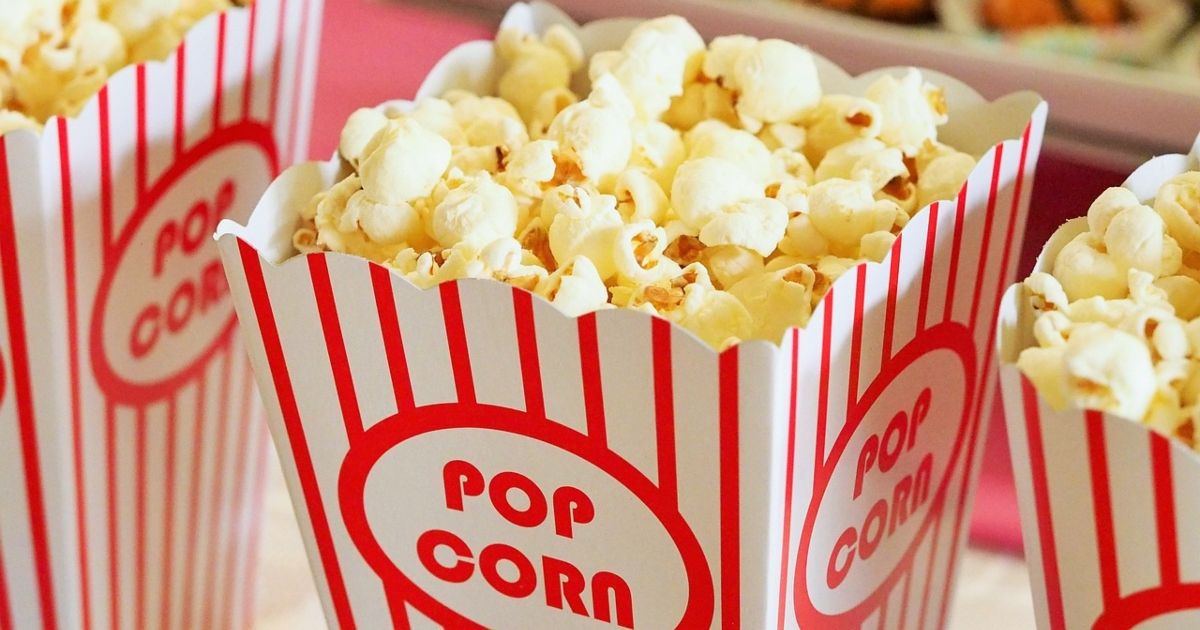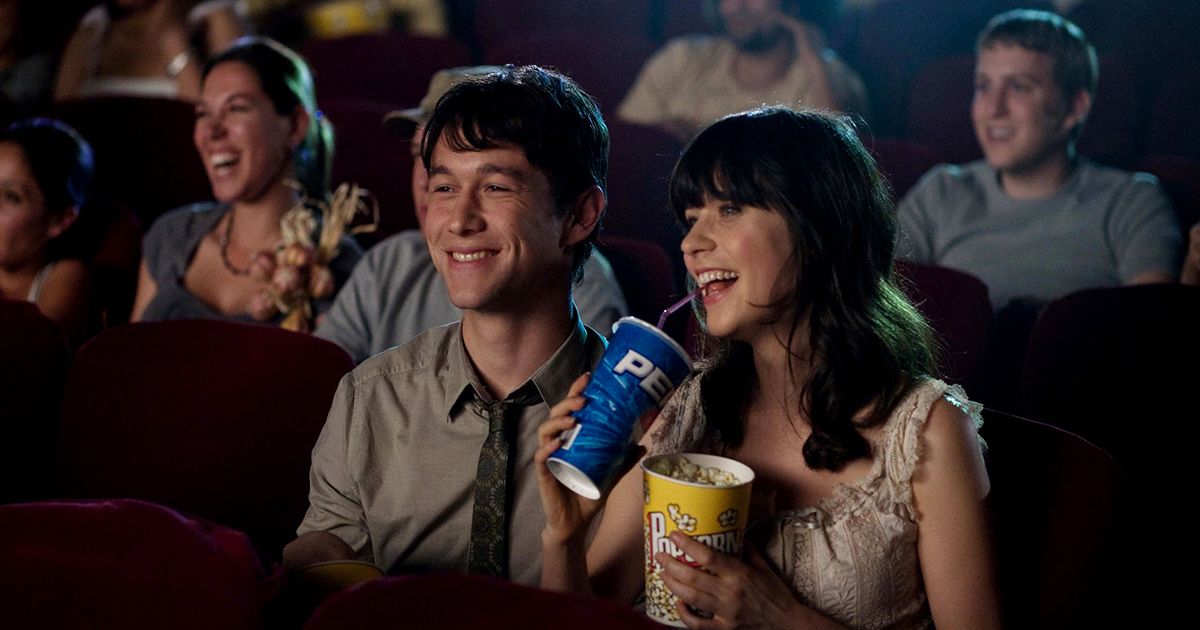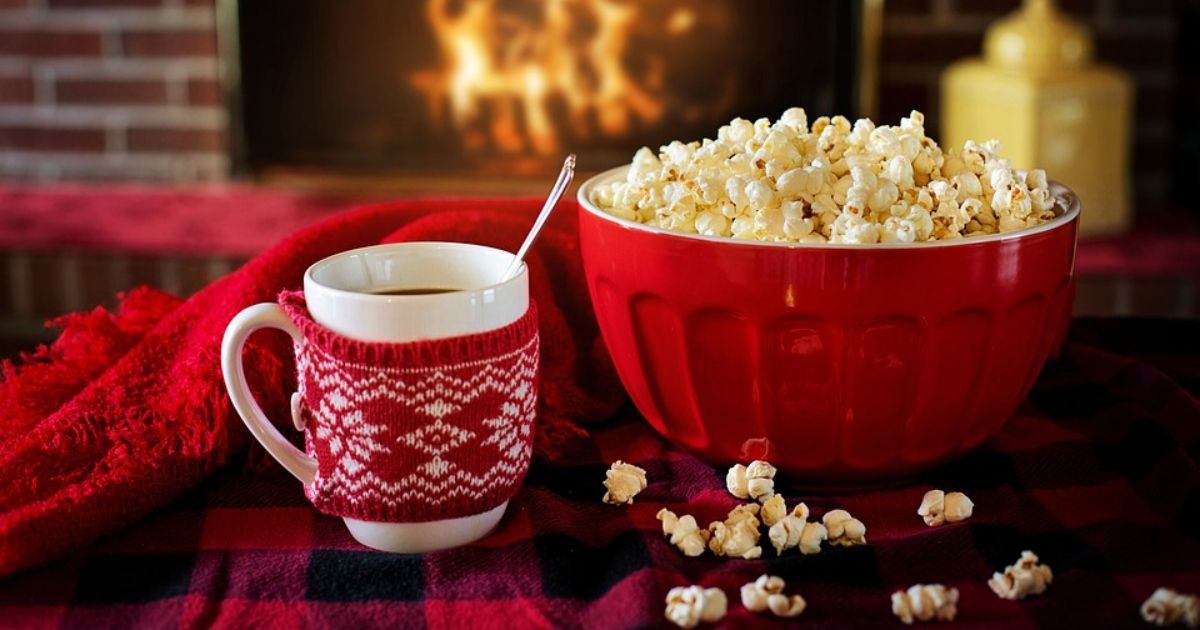There are certain staples that people think of when they imagine going to the movies. A dark theater, rows upon rows of seats, and enjoying a nice bucket of popcorn. With the crunch, the mixture of salt and butter flavoring, and the rustle of hands in a bag while one's eyes are transfixed on a screen, popcorn is the snack of the cinema. Even as theaters have introduced items like hot dogs and nachos, or even started featuring higher-end food products like flatbread pizza or chicken tenders, popcorn is still the number one movie snack audiences think for a movie. Yet why is that? After all, popcorn is sold at sporting venues and theme parks. Yet ask most people and when they think popcorn they will think of a movie theater. Popcorn as a snack is linked to the movies, so much so that blockbuster movies have been nicknamed "popcorn films."
Popcorn and movies have a rich history together, one that stretches far back into the early days of cinema. In celebration of National Popcorn Day, this is a history of how popcorn became associated with the movies and why it was chosen as the ideal movie snack.
Movie Theaters Originally Didn't Want Popcorn
While it is hard to imagine now, popcorn was not always welcome in movie theaters. In fact theater owners originally hated the idea of snack foods in them as they wanted to be closer to actual theaters and cater to a higher rank clientele (and understandably didn't want popcorn to make the fancy carpeting sticky). The sound of popcorn was also not ideal for silent films, despite featuring music playing over the films. This changed as movies shifted from silent pictures to sound, as now a wider array of customers could attend the movies as it no longer required a person to be literate, having to read the text of silent films.
Popcorn had already been a staple of American culture in carnivals, fairs, and sporting events due to the portable popping machine being invented in 1885. This meant that popcorn was easy to make and could be sold anywhere without requiring a kitchen. While theater owners originally did not want popcorn in their movie theaters, customers would still sneak the snack in, as vendors would set themselves up near theaters to sell to customers. Even back in the 1920s, audiences were sneaking food into theaters, a tradition that still stands to this day.
The Great Depression and World War II Solidified the Bond
Popcorn is cheap to make, especially in America, which means it can also be sold for relatively cheap and a profit can still be made. This meant that during the Great Depression, cheaper luxury items were in high demand for Americans who were in need of some semblance of normalcy in an uncertain time. Two of the cheapest were popcorn and movies, so it made sense for the two industries to collaborate.
As moviegoers would be buying tickets for double features, newsreels, and cartoons, they would be at the theater for quite some time and this meant that they'd get hungry and need food items. Popcorn was a perfect fit as it required no silverware, was easy to transport and consume, and as mentioned earlier was cheap to make. Originally theaters hired outside popcorn vendors to sell in their lobbies as originally movie theaters were not equipped or designed to house popcorn-making machines, but eventually, theaters cut out the middle man and started selling their own popcorn.
When people think of movie snacks, the big three are popcorn, soda, and candy. Yet in World War II due to sugar rations, candy became scarce and soda prices slightly increased, yet popcorn remained the same and was the most cost-effective pick for theatergoers. Popcorn even got in on the World War II spirit as in 1946 (one year after World War II ended) an ad group name The National Popcorn Association was formed with the slogan "Popcorn is a fighting food," linking popcorn with not only the American spirit but helping to solidify it as THE movie snack. Since then movies and popcorn have become linked and have been a staple of theatergoing for almost 100 years.
Popcorn and Other Snacks Are Vital to Theaters
Popcorn and the various other concessions are the keys to theaters' continued survival. While one imagines a theater makes money off the tickets, that isn't the case. Theaters split the profits with the studios on the tickets, and sometimes have to take less of a percentage in the opening few weeks if the studio has enough clout like Disney does. Theaters do eventually make money on tickets if a film plays in theaters for a long time, but a majority of their profits come from the snacks. Big blockbusters drive big crowds which means more people buying soda, candy, and of course popcorn. This is why the theaters end up charging so much for concessions, even though popcorn is cheap to make as that is where the profits come from.
Rise of Home Video
Both Hollywood and the theater industry feared the rise of home video, and they worried people would come out to the theaters less if they could watch movies at home. This is a fear that studios still have in an age of streaming, wondering how to get audiences to come out to the movies. Yet while audiences have become more hesitant to go out to the theaters, they have also wanted to bring some elements of the movies home with them and one of the biggest is popcorn.
Years of popcorn being the number one go-to at the movies meant that when people started watching movies at home, they wanted to bring the experience of the theater home with them, and that meant enjoying their favorite snacks. They could choose between stovetop popcorn or microwave popcorn. When people have a movie night, they usually still want to enjoy the theater experience (dimming the lights, turning their phone volume down), and popcorn is part of that. Even if the act of how one watches a movie changes, the idea of popcorn with a movie seems permanently linked and will continue to live on in whatever shape or form movie-going takes in the future.

